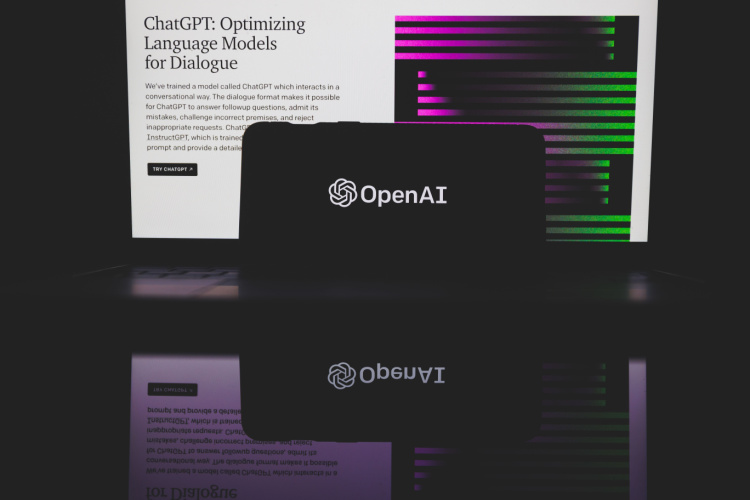
It is without a doubt that ChatGPT by OpenAI is one of the most popular AI chatbots that millions use daily. This next-gen AI is based on the latest GPT-4 Large Language Model (LLM) to stay on top of the AI revolution. Now, after making a splash in the consumer space and recently making an entry into the commercial side, OpenAI is now looking to venture into the education sector by bringing ChatGPT to your classrooms. How? Let’s check out the details below.
ChatGPT Brings AI to Teachers & Classrooms
To help educators effectively harness the potential of ChatGPT in classrooms, OpenAI has presented tutor-specific ChatGPT prompts. They are designed to help aid the learning process and improve the quality of education moving forward. You can quickly copy and paste the prompts mentioned in the official blog post to get started. And honestly, they look promising!
For instance, using the outline ChatGPT prompts, you can create a comprehensive lesson plan for your students that can include a variety of teaching techniques, including the ability to incorporate direct instructions and create an automated system for collecting sample data from students.
You can even make reservations to allow your students to tackle common misconceptions about the topic by creating specific prompt-based instructions within your lesson plan. When used right, this process will not only leverage AI in creating lesson guides but will also allow the students to facilitate micro-level engagement within the classroom.

Additionally, OpenAI has suggested an example by which you can leverage ChatGPT to help create an automated learning system by creating a step-by-step data collection and feedback mechanism for any chosen topic. For instance — you can create an entire generative system based on the topic of your choice, and students will have the opportunity to first introduce themselves and then proceed to explain the subject matter, along with an example of a use case scenario (wherever applicable). You can then assess the collected data based on the preset questions and provide relevant feedback to the student along with suggestions for improvements.
To take the generative AI experience in classrooms a notch further, these carefully curated ChatGPT prompts can help you create a “virtual AI tutor” of sorts. The GPT-4 powered LLM can interact with students to provide them with end-to-end assistance in their learning. They will be able to ask the AI one question at a time to indicate their learning interest, level of proficiency with the topic, familiarity with the topic, and much more to create an interactive conversational experience. In this way, you as a tutor will be able to engage with every student on a personalized level and ensure that everyone is making headways in the classroom.
OpenAI has made it a point to mention that these ChatGPT prompts are “suggestive” in nature and can be modified according to the use case scenario. Also, your involvement as a tutor is of utmost gravity while using these prompts. The accuracy and appropriateness of them are based on your level of understanding of the topic and customization as a tutor. You will need to have an active involvement while operating with these prompts to gauge the output data and adjust the same based on the ground reality of your students.
So, what do you think of this move from OpenAI? Do you think ChatGPT has the potential to better the education system of the future? Do share your thoughts in the comment section below.











Yes chat gpt has the right potential to give better evolution in educarion systum